India is a historic, diverse, and energetic illustration of human life and culture. The bustling cities of India offer unique colorful sights, exotic spices and smells, and friendly people. Centuries of exchanging beliefs, commodities, and land has shaped India into the vibrant force we know today.
Today, the population of India is about 1.3 billion, closely following China. In addition to the coastlinle, India is bordered by Pakistan, Nepal, China, Bhutan, Myanmar (Burma), Bangladesh, and shares maritime borders with the island nation of Sri Lanka. The capital city of India is New Delhi. Other major cities are Mumbai, Bengaluru, Hyderabad, Chennai, Kolkata, Jaipur, and Agra. The terrain of India ranges from lush jungles to sparkling beaches to dry deserts to mountainous expanses.
The kaleidoscope of religions present in India has had a formative role in the development of culture. Hinduism, Muslim, Buddhism, Christianity, Jainism, and Sikhism, as well as many more religions, guide daily life in this spiritual nation. In the 21st century, India has commanded the world’s attention with its powerful workforce and enthusiastic push towards modernization with the use of technology.
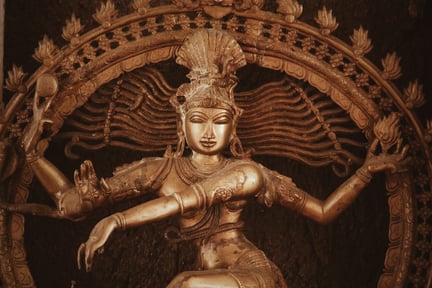
Social Climate
In India, it is good form to wait to be introduced when first meeting someone, even to a stranger on the street. India is essentially a non-touching culture, and only the most intimate of friends will touch each other casually. Generally, Indians speak in soft, quiet tones early in a relationship but may become animated and direct after a connection has developed. When departing a room in India, it is important to say goodbye to every individual present. A group wave or general goodbye is not appreciated.
While not a common greeting in the region, Indians will offer a handshake to westerners, but only after the traditional Indian greeting, such as namaste or salaam. The namaste is usually spoken with a slight bow with palms pressed together, fingers pointing up with thumbs close to the chest. This is done quickly, and the subsequent handshake usually soft. The traditional Muslim-specific greeting, salaam, is a soft handshake with the right hand followed by bringing the hand to your own heart. Let your Indian colleagues initiate handshakes after the greeting. Women will not typically shake hands; if they do, the woman must extend her hand first.
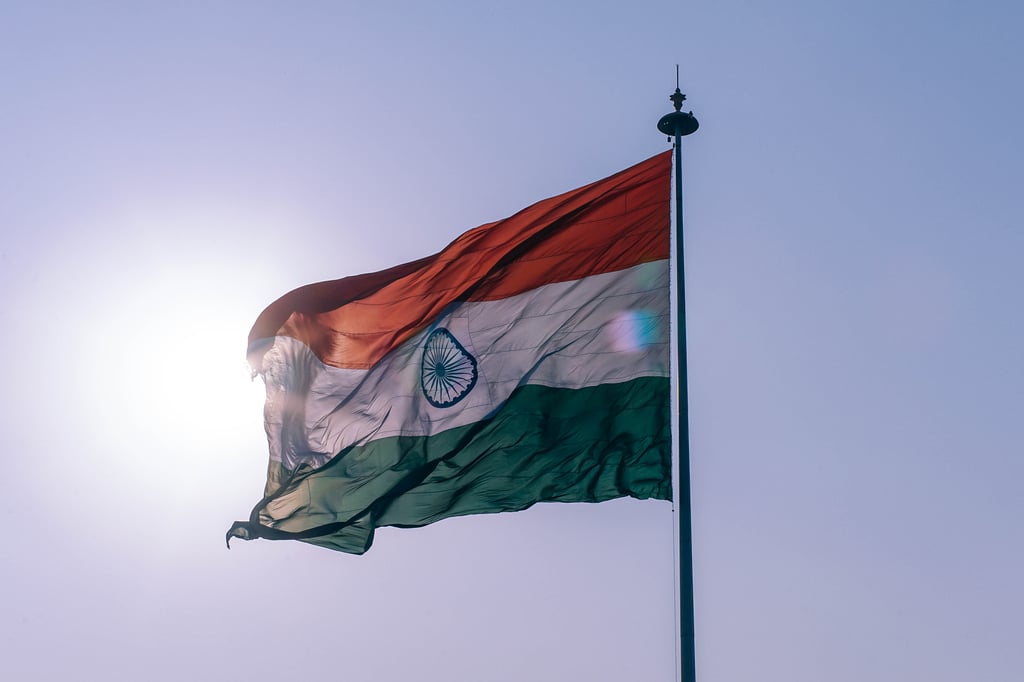
Language
Due to India’s large size, cross-roads location, dynamic history, and diverse population, the languages spoken are accordingly varied. It is important to note that there are hundreds of languages spoken throughout the country, which means that many Indians are multilingual. Hindi is the most widely spoken language, although English is commonly used in business and education. Regionally, other languages include Bengali, Telugu, Urdu, Sanskrit, Maranthi, and English.
Non-verbal cues in India vary greatly between classes. For instance, eye contact appropriateness is based on rank. Superiors can make eye contact with subordinates, but subordinates should not make eye contact with superiors. Peers can always make eye contact with each other. While expressiveness may be restrained between classes or with people whose class, rank, and authority is unknown, Indians can be quite emotive with family, friends, colleagues, or peers.
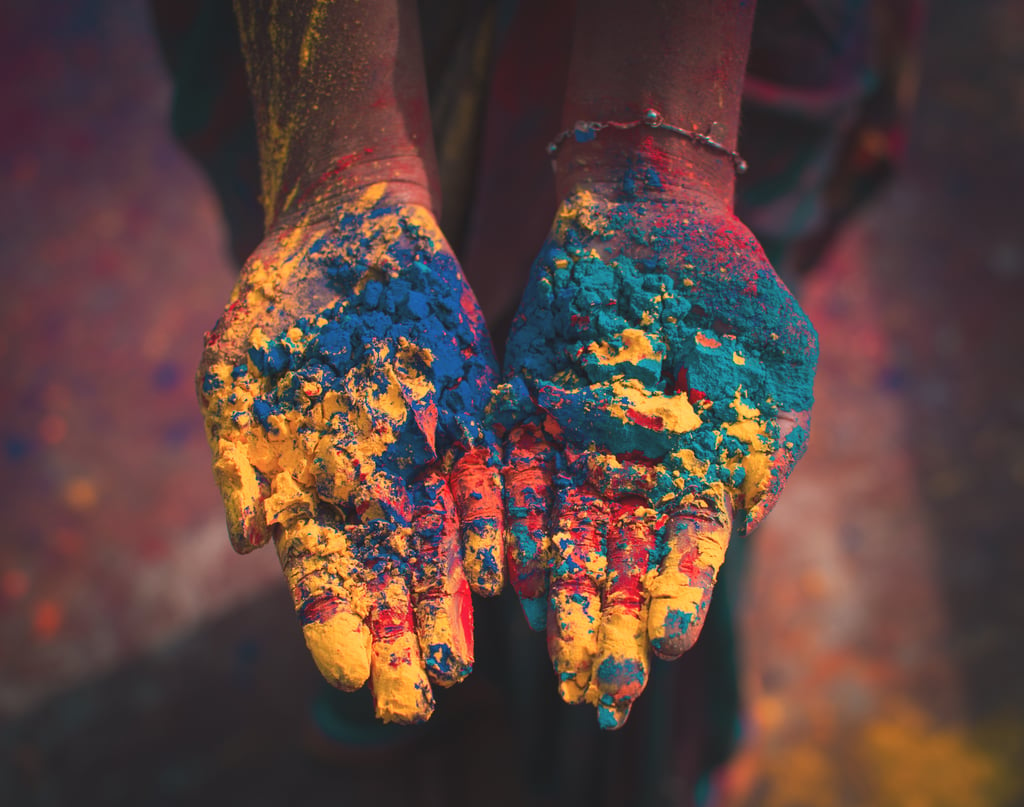
Doing Business
Business introductions in India use traditional greetings, including namaste or salaam, followed by a soft handshake. Introductions should also include the exchange of business cards. Business cards are an extension of the person and should be crisp and include academic accomplishments. When first meeting Indian coworkers, spend time getting to know them. Engage in small talk before meetings, in the office, or by socializing outside of work.
A key factor in negotiations in India is relationship building. Trust and commitment are valued over everything else so it is essential to first develop a relationship. Networking is a big part of doing business in India, and it’s useful to make and keep as many contacts as possible. Keep communications open and stay in touch often. Opt to share more information rather than less. Keep in mind that business is intimately connected with government. Intercultural training is an absolute necessity before moving to India.
Housing
As in every major city, there are more and less desirable neighborhoods for expatriates throughout India. Since cities such as Mumbai, Bangalore, and Delhi have grown so quickly in recent years, the demand for high-end housing has increased. While rental prices are higher in these major cities than in other places throughout India, many expats find the housing to still be rather affordable. Due to the large population in India, the market moves fast.
Food
Typical Indian cuisine revolves around local foods, especially vegetables, poultry, seafood, rice, and breads. Indian food is viewed as rich and flavorful due to their amazing array of spices like coriander, cayenne, turmeric, cardamom, and cumin. While spicy food is common, not all dishes are spicy. Indian cuisine incorporates taste opposites (hot and bland, sweet and salty, etc.) with a blend of textures. Fresh, pickled, and preserved vegetables are common and used as chutney and curries. Fresh baked breads, such as papadum and naan, are everywhere.
There are many regional differences in Indian cuisine. You may find the further south you go the spicier the food gets. In the north the use of dairy (yogurts, milks) is common. Here are a few foods you may want to try during your time in India:
- Biryani- varies regionally, but usually includes rice with meat and spices
- Momo- dumplings that are common in northeastern India
- Gajar ka halwa- a celebration dessert made from carrots and nuts
- Paneer- a firm, salty cheese that may be prepared in many ways
- Samosas- a triangle shaped street food that is fried and stuffed with lentils or potatoes
- Gulab jamun- sweet fried dough
- Kulfi- a rich, frozen ice cream-like dessert
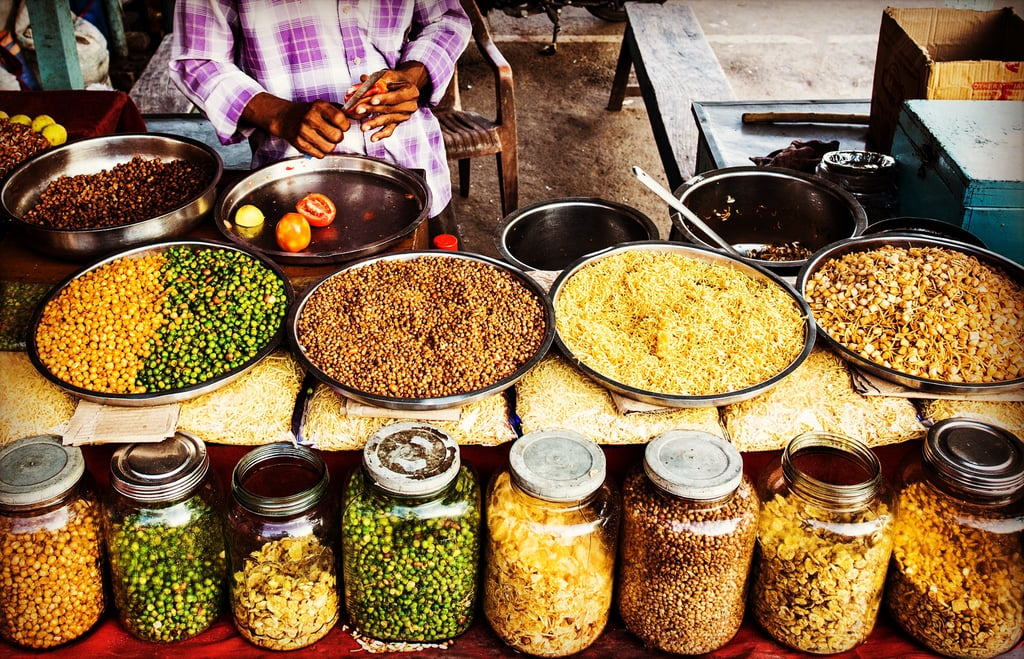
Schooling
Education in India is free and compulsory for eight years (ages 6-14). School standards vary by location. Nearly one-third of Indian children attend private institutions.
Stages of education in India include pre-primary (not mandatory), primary school, and secondary school (where the last two years are called Higher Secondary or Senior Secondary). Students must pass an exam to move from secondary to Senior Secondary.
After Senior Secondary, students may decide to attend university in a degree program or a technical program, or go to a vocational school. India’s higher education system is the third largest in the world, after China and the United States. Higher education is organized in three levels which correspond to those of other European countries, facilitating international mobility: bachelor's degrees and then master's and doctoral degrees.
Transportation
The best mode of transportation in India changes dramatically between cities and distances. Roads lead nearly everywhere, but traffic can be heavy. For moving within the city, residents generally walk, bike, or hop in a taxi or rickshaw. Public transportation is available in some cities and the government recognizes the need for these new systems to help alleviate congestion.
The rail system is dense and suitable for traveling between cities, but it can be overcrowded on some routes. High speed trains are available. Buses are another option for within and between cities. For longer distances, traveling by air is recommended.
If transportation in India fascinates you, be sure to check out the Heritage Transport Museum near New Delhi!
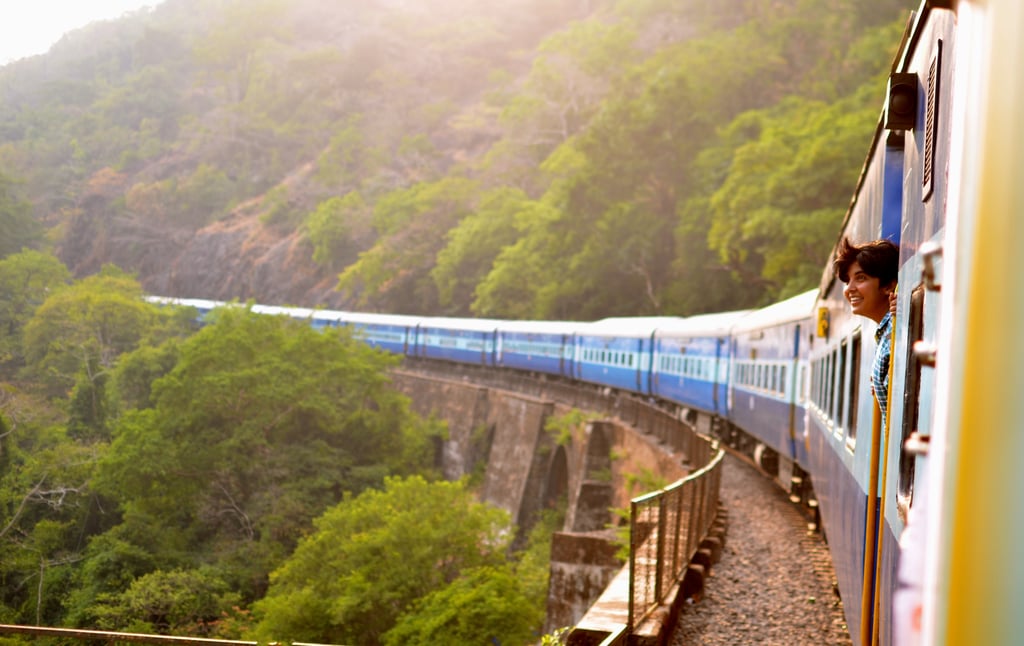
Attractions: Museums and Nature
Some of the top attractions in India are:
- Taj Mahal
- Ajanta and Ellora Caves
- Hampi, the abandoned city
- The Golden Temple
- The Pink City Jaipur
- City Palace museum
- Local festivals and events
Some of the most beautiful natural features of India include:
- Valley of Flowers National Park
- Goa beaches
- Kanha National Park
- Living Root Bridges
- Kerala Backwaters
- Pangong Lake
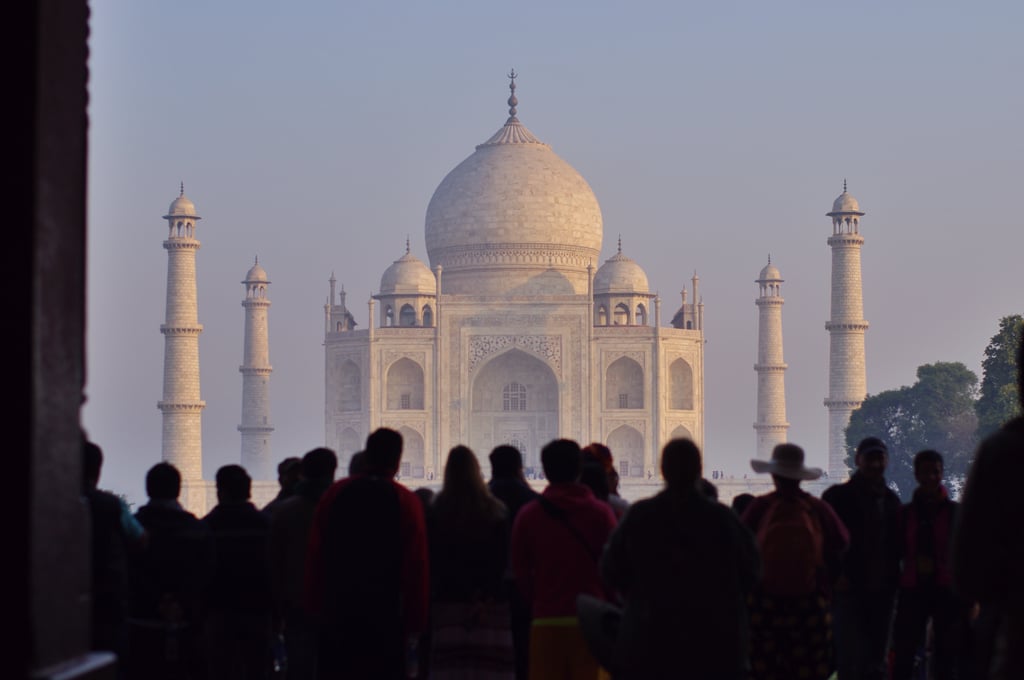
Security
Make multiple copies of your documentation and keep these materials in a safe place. These documents should include the location of your nearest home country embassy in case of emergency. When you travel, always be sure to provide at least one other person with your itinerary. Keep your belongings close to you, as pick pocketing is common throughout India. Be aware of scams, especially in areas of high traffic or with lots of tourists. Beggars may be persistent, especially towards foreigners.
As in every country, there are places that are dangerous to go to if you are unfamiliar with the area. Ask the locals where they do not go, and try to avoid traveling alone and at night. It is not recommended that women travel alone throughout India.
Whenever you travel to a new place, remember that it is best to avoid large crowds when possible. Always trust your instincts; if something feels wrong to you, leave the area immediately. Allow extra time to travel, especially across borders.
Pollution warnings issued by the government should be heeded. Avoid going outside during these warnings and wear a mask when you do.
Facts about India
- We can thank India for significant discoveries involving sugar, diamonds, the number 0, chess, yoga, shampoo, buttons, indigo dye, and many other products and ideas we use in our daily lives.
- The lotus flower is beloved by the Indian people. It has long been a religious symbol and can be observed in centuries of art.
- India has the second largest number of English speakers in the world, after the United States.
- The most popular sport in India is cricket. Other favorites include badminton, field hockey, dancing, and soccer.
- The Hindi-language film industry is called Bollywood, a combination of Bombay and Hollywood. Bollywood films reach the greatest amount of viewers in the world based on annual ticket sales.
- The national animal of India is the Bengal tiger.
- There are more than 100 varieties of mango grown in India.
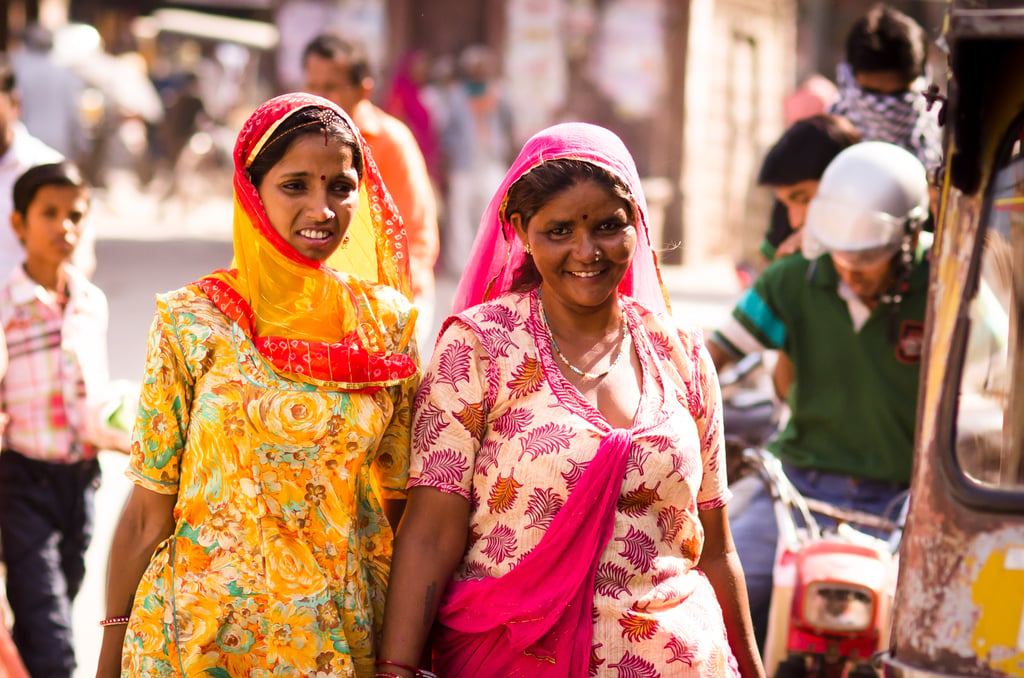
Is relocation in your future? Explore the world via our other Destination Profiles, which include:
If you are anticipating a global assignment, or if you work at an international company with culturally diverse coworkers, intercultural training is essential to success. Click the button below to see which option is the best fit for your individual needs.




